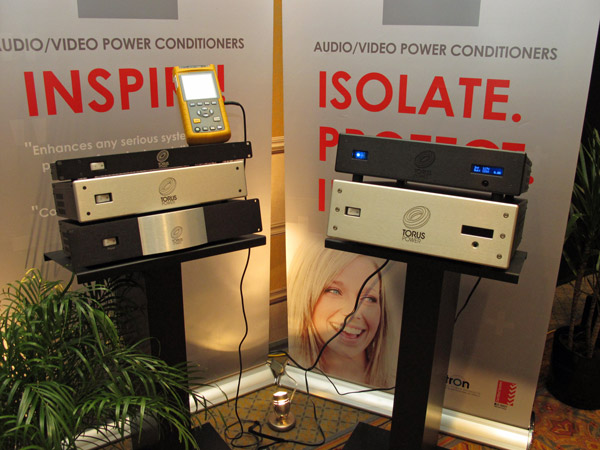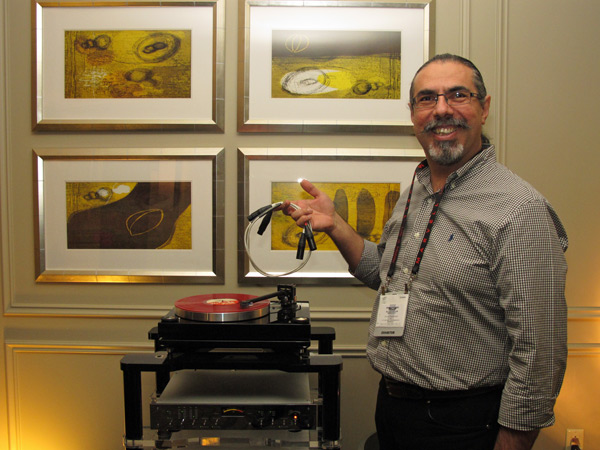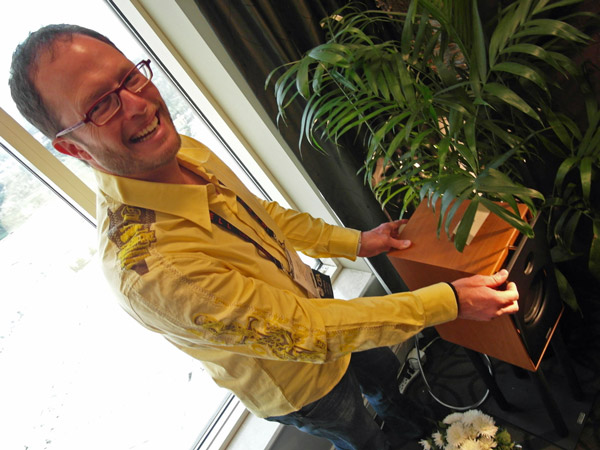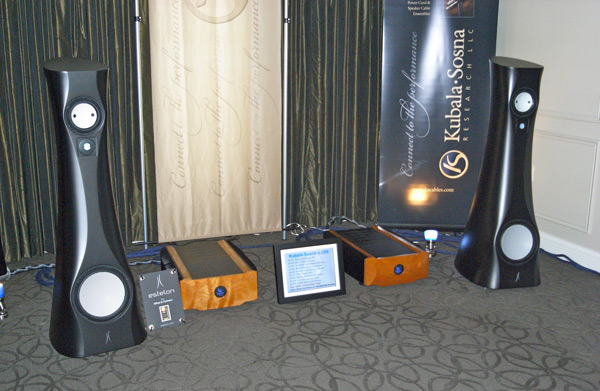Torus Power from Plitron
Arthur Kelm, formerly chief engineer in a number of recording studios including Record One, the Record Plant, and Skywalker, designed the Torus Power Ground One power conditioner panel that uses Plitron transformers. “I have known that power is the foundation of every audio/video system,” he explained. “It’s also the most misunderstood application you have. People just don’t understand power and its importance.
“The major advantage of using an isolation transformer is that you now have a very low impedance to plug into, and you can rebond neutral and ground which is where 90% of your noise comes from in electrical systems.”
The complete Torus Power line includes units from 2.5 amps up to 300400 amps. The lowest priced unit, the RM 2.5 ($999), handles 2.5A. The company’s most popular units, ideal for dedicated audio systems, are the RM 15 ($2000) and RM 20 ($3000). There is also a custom installation series with 60A and 100A units, plus Ground One panels for use in all-home AV and theatres. Some models include automatic voltage regulation.










